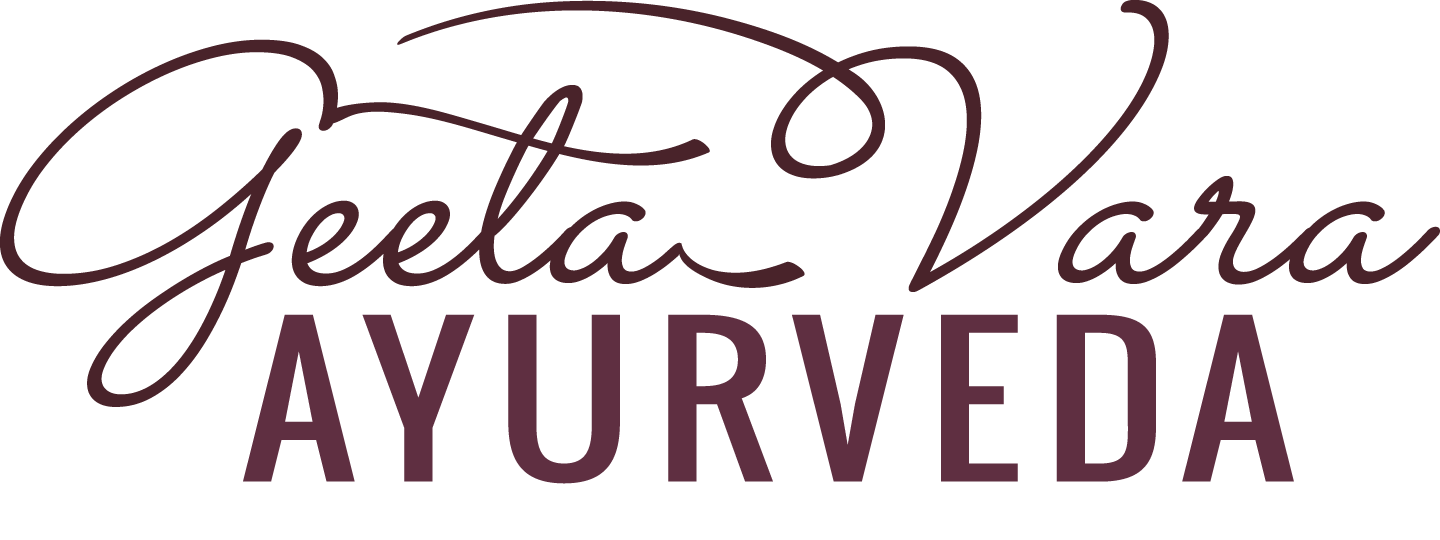Vyayama - Exercise according to Ayurveda
/Did you ever stop to think why we have SO many bones, joints and different muscle groups? That’s because as humans, we are designed to MOVE and movement is the key to health and longevity. For most of us our current lifestyles have become super sedentary and worst still, we have picked up bad working practices since the pandemic as we now work from home more.
Our modern issues are that we sit all day and then compensate with intense workout beyond our natural capacity because we live in a society that values concepts like - no pain no gain, go big or go home, push through the pain, feel the burn and suddenly we have created an unhealthy relationship with exercise - a kind of all or nothing attitude. We promote exercise to be very goal driven, to loose weight, build muscle, run longer, run faster, and pushing ourselves beyond our limits. But for most of us we have lost sight of balance, we either don’t move enough or we go to the extremes.
We then follow the trends and fads that are dictated by some fitness guru, HIIT, Hot yoga, Spin, Boot Camp, CrossFit, Zumba, etc. While none of these are wrong, what we want to pay attention to is what is right for our own body. And yes it is possible to exercise TOO much. Too much of anything, even the good stuff can create imbalances within us. Exercise is movement and this increases vata, and pitta increases with heat and sweat, but it can decrease kapha and essentially mobilise fat. Over-exercising can lead to exhaustion, deplete our body tissues, lead to menstrual disturbances and trigger underlying health issues.
Exercise and movement first and foremost should be enjoyable but it also needs to be grounding as well as energising for our mind and body which is why yoga asanas can be a strong and complete movement routine.
It's no brainer that movement and exercise brings numerous health benefits, including circulation, detoxification via the movement of lymph, kindling of the digestive fire. Further still exercise, helps shift stuck energy both mental and emotional, release physical tension and relax the mind. When we exercise in the morning which is the most optimum time to exercise according to Ayurveda, it can also help us to get a better night's sleep too. It can boost mood, mental agility, enthusiasm, increase stamina, flexibility, negates fatigue, and overall energy.
Just like our diet needs to be personalised to our unique body type, so does our exercise pattern. Our ancestors used to work on farmlands and had physical work as part of their everyday life and so exercise and use of our body’s full range of movement was simply incidental. When it comes to exercise, Ayurveda takes into account the individuals, age, strength, climate, season, current state of health and constitution which helps to devise a healthy and personalised plan for exercise.
Ultimately it should be intuitive because we are kind to ourselves and challenge ourselves to a natural limit. After all, exercise is supposed to be an integral part of our complete approach to wellbeing and disease prevention. You can tailor your exercise routine to what suits you and adapt it according to age, health state, season, climate etc.
Here are a few tips to get your exercise routine aligned with Ayurvedic principles.
Ayurveda advises that we should move daily but to 50% of our total capacity which means until we break a bead of sweat on the forehead, under the arms, and along the spine.
Warm up the body - this helps mobilise kapha, release stiffness in the muscles and relax the joints.
Exercise in the morning between 6-10 am as this time is governed by the kapha dosha and the energy is naturally grounding, stable, and strong so physical activity helps counteract this with lightness and mobility especially if there is a tendency toward sluggishness, heaviness, or mental fog.
Exercise with caution during the pitta time 10am- 2pm (around lunchtime) or the vata time 2pm-6pm (afternoon) especially if you have imbalances in these doshas or are prone to aggravation.
Exercise can be stronger during winter period moderate over the spring and autumn seasonal and light over the summer.
When you breathe through your nostrils you will be working out at a pace that the body is comfortable - follow the signs.
Never exercise while food is still digesting. How long a gap you leave depends on what you ate and the type of movement you do. A gentle walk after food is the most you want to do within 45 minutes of a proper meal.
Menstruating women should not work out - the body is already in a vata and pitta dominance and this could aggravate, take rest of gentle walks at this time.
Celebrate your uniqueness and move your body according to you personal needs, goals and capacity whilst always being gentle and compassionate to your self to maintain optimal health.

